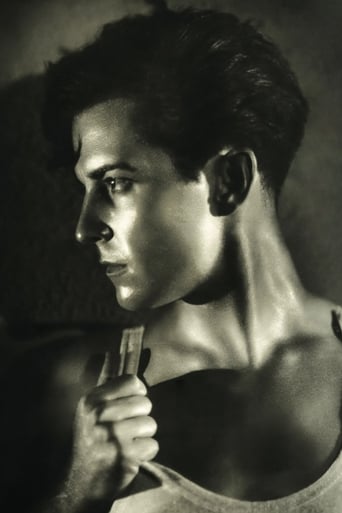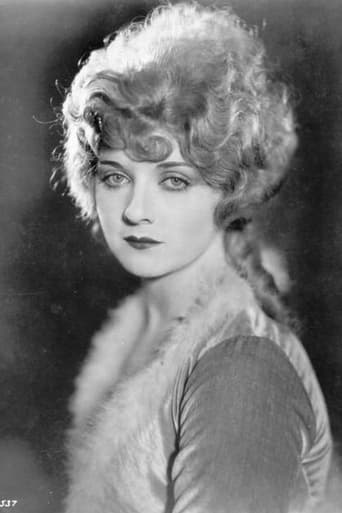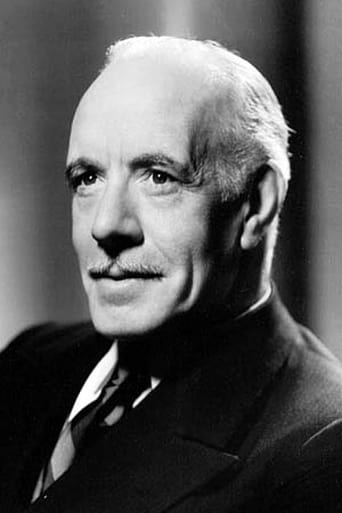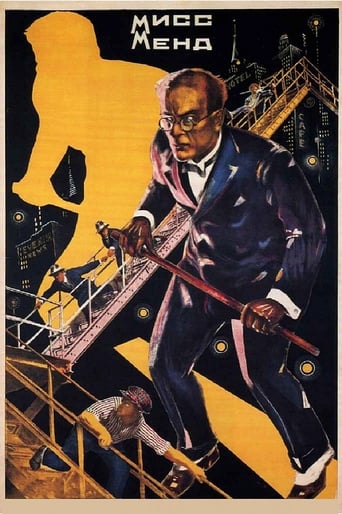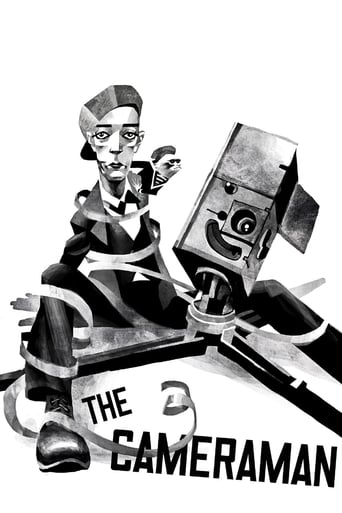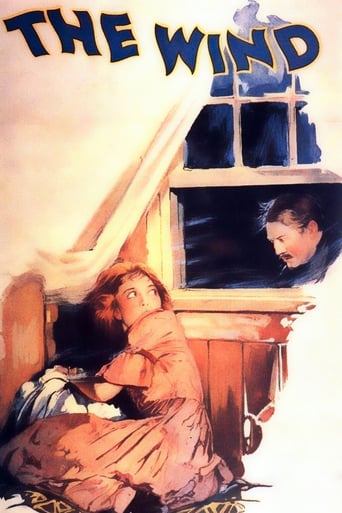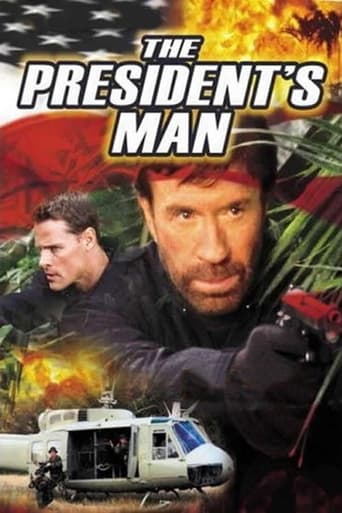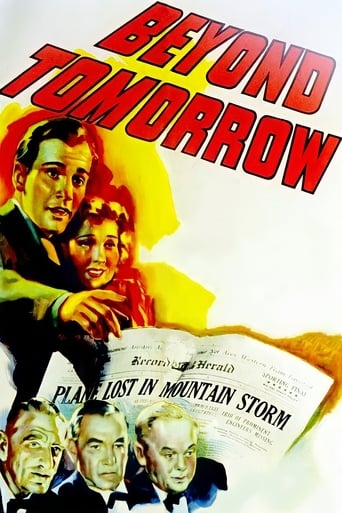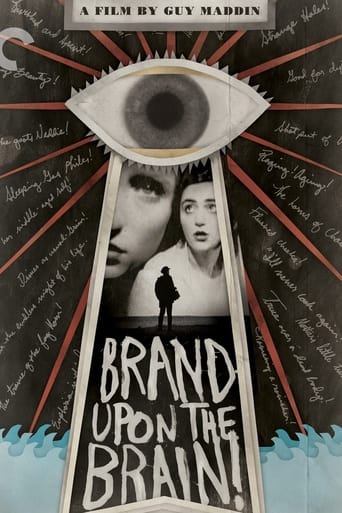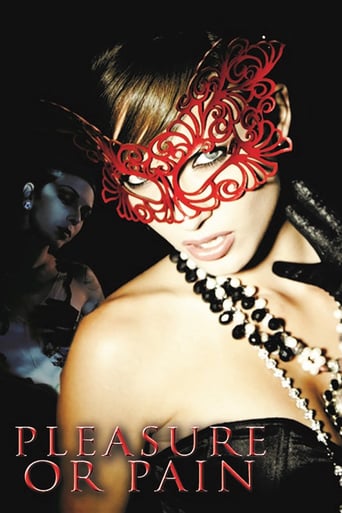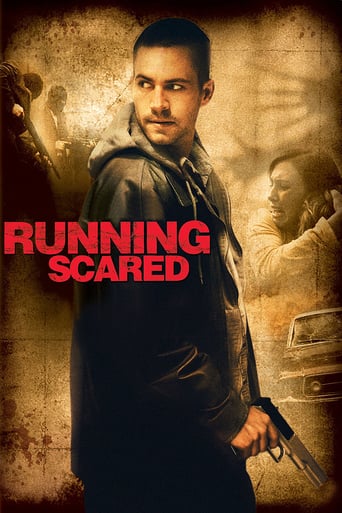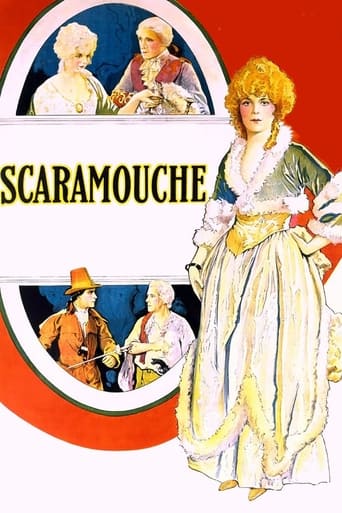

Scaramouche (1923)
A law student becomes an outlaw French revolutionary when he decides to avenge the unjust killing of his friend. To get close to the aristocrat who has killed his friend, the student adopts the identity of Scaramouche the clown.
Watch Trailer
Cast


Similar titles
Reviews
Those who are familiar with the well-known 1952 remake of "Scaramouche" might find it difficult to recognize it in this 1923 silent version. The story in this earlier and seldom-seen version is quite different in many respects. Many of the plot points are different, the names of some of the principal characters are not the same and some of the principal characters in this earlier version do not even appear in the remake. The earlier version is also quite different in tone, being rather more in the nature of Historical-Melodrama or Historical-Fiction than the later version, which is much more of a mere swashbuckler. However, the fact is that this earlier version is actually much more faithful to the original book than the remake.Don't be put off by the fact that this is a silent film produced 90 years ago, because it's production values are excellent. Clearly no available expense was spared to make this production as lavish and authentic to the period (France during the French Revolution), as possible. The director, Rex Ingram, was about as good as one could find at the time. The cast also features some first rate performers, including perennial MGM favorite Lewis Stone, who was probably with the studio longer than any other actor, so long that he appeared in the 1952 remake. The title role is played by Ramon Navarro, who was a major star in the 1920s. Like Rudolph Valentino, Navarro was a major leading man in the films of the 1920s, and had the title role in the silent version of "Ben Hur". However, unlike Valentino, who died young, Navarro continued to work for many years, though his career as a leading man waned after talkies came in. Navarro's problem in talkies was that he happened to be Mexican, and spoke with an accent.All in all, "Scaramouche" comes off as a lavish and well produced melodrama set against the background of the French Revolution. The plot points and tone are so different that it should be rated alongside, rather than above or below, the better-known swashbuckling remake. This film is very well worth a look, especially to the many fans of the 1952 version.
You'd have a difficult time recognizing this as the same story that the 1952 version was built around. I read the novel when I was a kid but can't say how closely either version sticks to the book. All I remember of the novel is that Rafael Sabatini didn't know anything about fencing.In 1952, Stewart Granger was Andre Moreau. His best friend, a social activist in pre-revolutionary France, is killed by an aristocrat who is a deadly swordsman, Mel Ferrer. The remainder of the movie has Granger on the run from the authorities, disguising himself as a comic figure in a traveling troupe, having an affair with one of the players, falling for a rich and delicate young lady, putting Herculean efforts into learning how to fence, and finally beating Mel Ferrer in a duel but allowing him to live.I don't mean to carry on at too much length about the 1952 version but it's probably more familiar to viewers than the 1923 silent, with Ramon Navarro as the hero, Andre. After a few similarities in the first half hour, the plots pretty much diverge.This version is at least equally expensive and it's well done for the time, but the emphasis is placed far more on politics than comedy or swordsmanship.Here, Andre spends hardly any time playing Scaramouche on stage. We see him in costume for about two minutes, and he does nothing that convinces us he's a comic genius. In 1952, Granger knows nothing of the sword at first and has three encounters with Ferrer, the last one rolling, or rather tumbling along in a theater for about fifteen minutes. What a duel! As well done any any other I've seen on the screen, about as good as that in "The Mark of Zorro", but more lavishly staged and more extended. In 1923, Navarro also doesn't know anything about fencing but we see him taking a lesson for about one minute, after which he is an unbeatable master of the weapon.The 1923 climax has nothing to do with a duel between the hero and the chief heavy. It has to do with the French revolution, into which Navarro has been swept up. The French nobility were bad enough, you know. "Let them eat cake!" All the noblesse and none of the oblige.But, caramba, the mob that took over was crazed and drunk and given to beheading everybody they could get their hands on. Not only did King Louis XVI get the guillotine but so did Robespierre, one of the fomenters of the revolution. Not that you see any executions in the film, just the outraged savages doing what outraged savages always do in these movies -- smash furniture.Anyway, the climax is shifted from a duel mano a mano to the epic story of the revolution and its immediate aftermath.This isn't a bad film, but I prefer the remake -- one of the rare times when the second version is as good, or better, than the original. It just happens to be one of those stories that benefit from OverwhelmoColor and sound. In 1952, the tinks of the metal swords meeting were created by the tinkling of crystal glass. The 1923 is good; the 1952 is phenomenal.
This is a well known film to most silent film buffs. Rex Ingram films his scenes like a painter. Ingram uses his camera like a paint brush. Indeed some of the scenes look like paintings come to life. This film is based on the novel by Rafael Sabatini and stars Ramon Novarro, one of Ingram's favorite actors. It costars Ingram's wife Alice Terry. This film boasts a cast of many well-known silent film supporting actors. An historical subject, Ingram gives great care to accuracy of costumes & history. The score for the film is adequate but tends to drone a bit. Surprisingly Ingrams camera can still be quite static which reminds one of DW Griffith's "Orphans of the Storm"(1921). Both 'Orphans' and 'Scaramouche' take place at the same tiime so a similarity is logical. The picture was made at Metro Studios just prior to the famous merger with Goldwyn & Mayer. Luckily this film survives today to be enjoyed. Rex Ingram, Metro Pictures.
Fleeing from the wrath of the vengeful Nobility, a young Frenchman joins a troupe of actors. Winning fame as the clown SCARAMOUCHE, the stalwart fellow finds himself drawn into the events surrounding the start of the Revolution.Following his big movie hit of the previous year - 1922's THE PRISONER OF ZENDA - director Rex Ingram discovered that cinematic lightning could indeed strike twice with this very fine adaptation of Rafael Sabatini's swashbuckling novel, "Scaramouche." Metro gave the production a high gloss, with excellent atmospherics, richly detailed exteriors & rousing mob scenes. It is always refreshing, in any epic film, to see every penny the studio invested represented on the screen.Ingram reunited his principal cast from ZENDA - Ramon Novarro, Lewis Stone & Alice Terry - as stars for SCARAMOUCHE. Novarro, taking the hero role this time, proved he was no flash in the pan. Equally adept as sensitive lover or dueling revolutionary, with this performance Novarro was catapulted to Hollywood's upper ranks. Stone gives a finely nuanced performance as the villain of the story, slowly revealing layers to the man's personality not readily apparent at first. Miss Terry, who was Ingram's wife, is lovely, but the plot gives her little to do except look distressed or frightened.In the supporting cast, special note should be given to George Siegmann, striking in the historical role of Danton. Edward Connelly, as the King's Minister, makes a marvelous grotesque.It is interesting to note that Italian-born British author Rafael Sabatini (1875-1950) had been a novelist for many years before striking gold with "Scaramouche." Its popularity with the public, to say nothing of this acclaimed movie adaptation, pushed it permanently onto that small shelf of fiction (and films) - "A Tale of Two Cities," "The Scarlet Pimpernel" & ORPHANS OF THE STORM - forever associated with the French Revolution. Sabatini also wrote the swashbuckler adventure novels "The Sea Hawk" & "Captain Blood."


